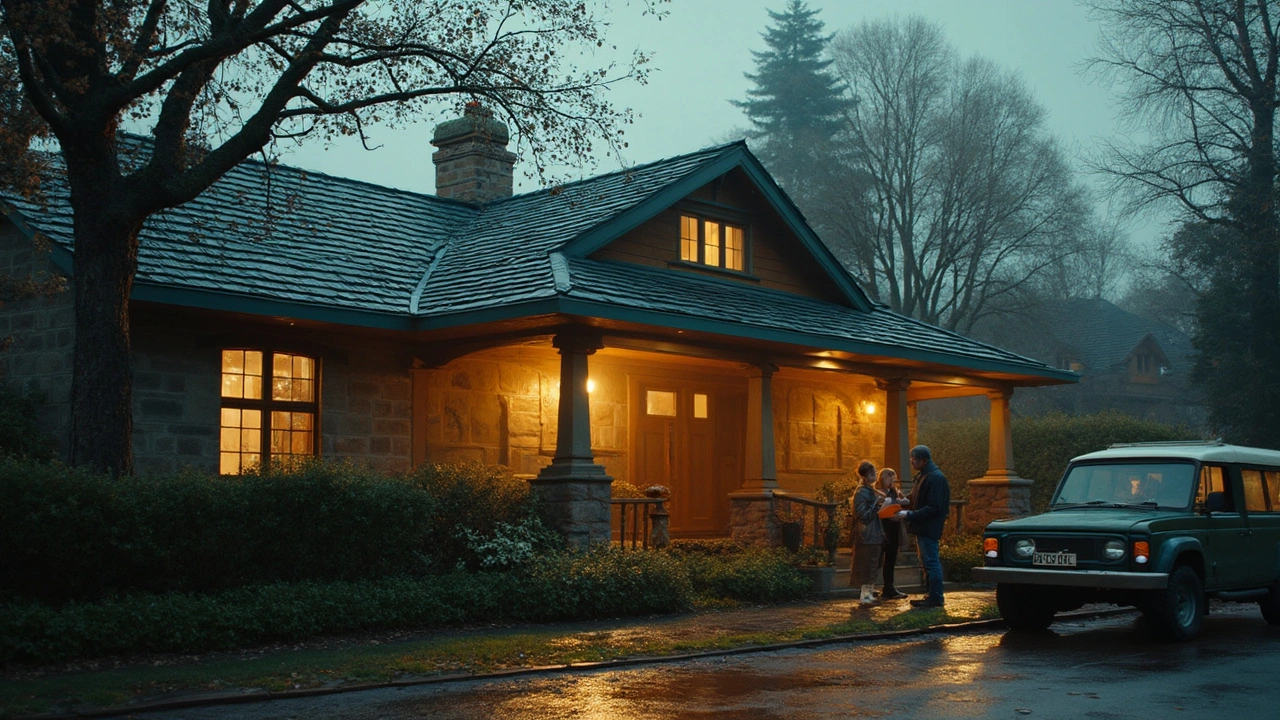Arts and Crafts: A Friendly Guide to Styles, History, and Easy Projects
If you’ve ever wondered why certain designs feel timeless or how to start a simple craft project, you’re in the right place. The arts and crafts world is huge, but breaking it down into clear chunks makes it easy to grasp and use.
What “Arts and Crafts” Really Means
The term covers two things: artistic movements that changed how people think about design, and everyday craft activities you can try at home. From the 19th‑century Arts & Crafts movement that pushed for handcrafted quality over mass production, to modern DIY trends on Instagram, the core idea stays the same—making beautiful things by hand.
Key features include simple materials, visible workmanship, and a focus on function. Think of a wooden chair with clean lines or a hand‑stitched tote bag: they look good because you can see how they were made.
Big Movements That Shaped Modern Design
When the Arts & Crafts movement started in Britain, designers like William Morris wanted to bring art back into everyday life. They used natural motifs, earthy colors, and honest materials. This approach inspired later styles such as Art Nouveau, which added flowing lines, and even today’s minimalist interiors that favor uncluttered spaces.
Across the pond, American Craftsman design took those ideas and turned them into whole houses—low‑slung roofs, built‑in shelves, and lots of wood. If you’ve seen a bungalow with exposed beams, that’s the legacy of arts and crafts living on.
These movements aren’t just museum pieces; they influence current trends like upcycling furniture or using sustainable fabrics. Knowing where the style comes from helps you pick projects that feel authentic instead of copy‑paste.
Quick DIY Ideas to Try Right Now
Ready to get your hands dirty? Start small: grab a plain tote bag and some fabric paint, then add simple nature‑inspired patterns—think leaves or geometric shapes. It’s an easy way to channel the handcrafted spirit without needing special tools.
If you have spare wood, try building a tiny shelf using basic joinery. The process teaches you how craftspeople once built furniture by hand, and you end up with a useful piece for your home.
For a quick art project, collect fallen leaves, press them between book pages, then arrange them on a canvas with glue. This “leaf printing” mirrors the natural motifs beloved by early arts‑and‑crafts designers.
How to Keep Your Projects Authentic
Focus on materials that show their true nature—reclaimed wood, hand‑woven textiles, or natural dyes. Avoid overly polished finishes; a little roughness adds character and tells the story of how the piece was made.
Take your time with each step. The original movement valued patience over speed. When you notice a knot in a board or a stray thread, treat it as part of the design rather than a flaw.
Where to Find Inspiration
Visit local craft fairs, browse museum collections online, or scroll through hashtags like #handmade and #crafts. Pay attention to color palettes that use muted earth tones mixed with occasional bright accents—this balance is classic arts‑and‑crafts aesthetics.
Books on William Morris or Gustav Stickley are gold mines for pattern ideas. Even a quick Google search for “Arts & Crafts interior” will give you dozens of room makeovers you can adapt to your own space.
Remember, the goal isn’t to perfectly replicate historic pieces but to capture the spirit: honest work, beautiful simplicity, and a touch of personal flair.
So grab that paintbrush, measure that board, or sketch that leaf pattern. With a bit of curiosity and the right mindset, you’ll join centuries of makers who believed good design should be within everyone’s reach.

Unseen Beauty of American Craftsman Homes: Guide to Details & Restoration
Discover the quiet magic of American Craftsman homes-how to spot authentic details, restore them with care, choose colors, and live beautifully with historic character.
Read more